New Legislation influencing U.S. Textile Industry
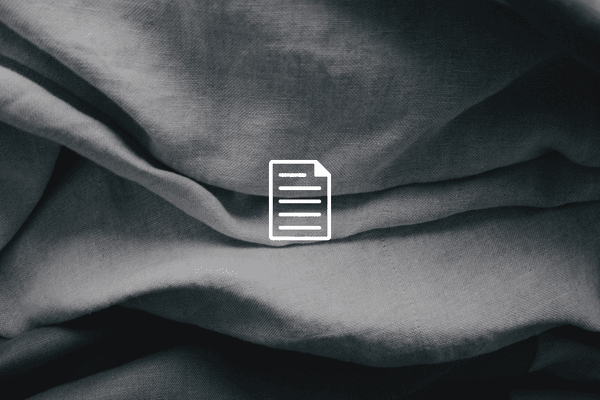
Site map
According to the report by Ellen MacArthur Foundation and Circular Fibers Initiative from 2017, entitled "A New Textiles Economy: Redesigning Fashion's Future", around 48 million tonnes of clothing are disposed of every year. The worst thing: most of it is not leveraged for new use. Instead, 73% to 85% of the world's clothing that is disposed is directly landfilled or incinerated, leading to mountains of textile trash accumulating in several parts of the world: India, Pakistan, Ghana, and more recently Chile's desert Atacama. Moreover, textile products can take up to 200 years to fully decompose. With the overproduction of clothing and our fashion habits of buying and throwing away, these gigantic mountains are only getting bigger and bigger. This is known as the textile waste crisis, and it is accelerating.
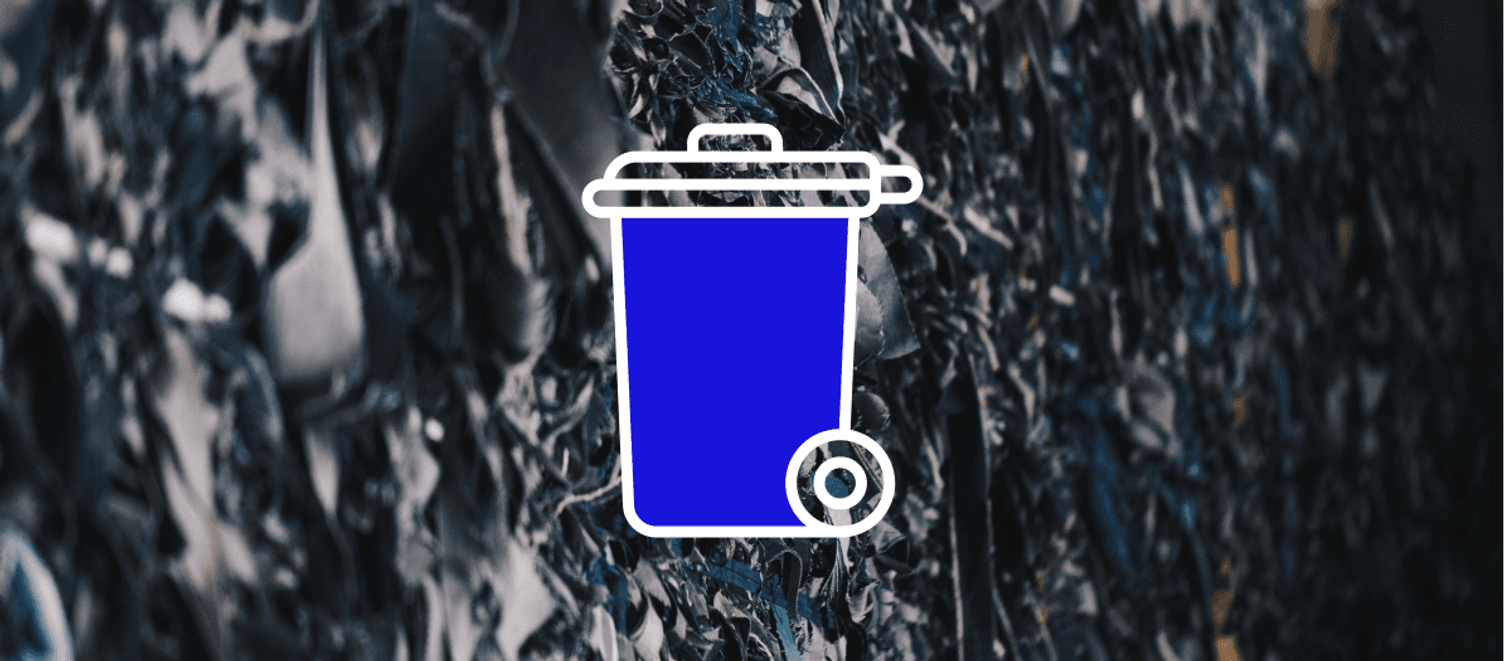
While most stakeholders in the fashion industry see it as trash, some see circular solutions. Here at Recover™, we see textile waste as a valuable resource, still full of possibilities. The Recover™ process falls under mechanical recycling of textile waste. Through our complex proprietary system, we are able to process textile waste and shred it back into maximum quality fiber. Recover™ creates long-lasting, high-value products in each successive generation, allowing the industry to re-incorporate part of the waste into the production process, helping to close the loop on fashion.
At Recover™, we recycle three categories of textile waste: post- industrial, pre-consumer and post-consumer. This is how we define these different classes of waste:
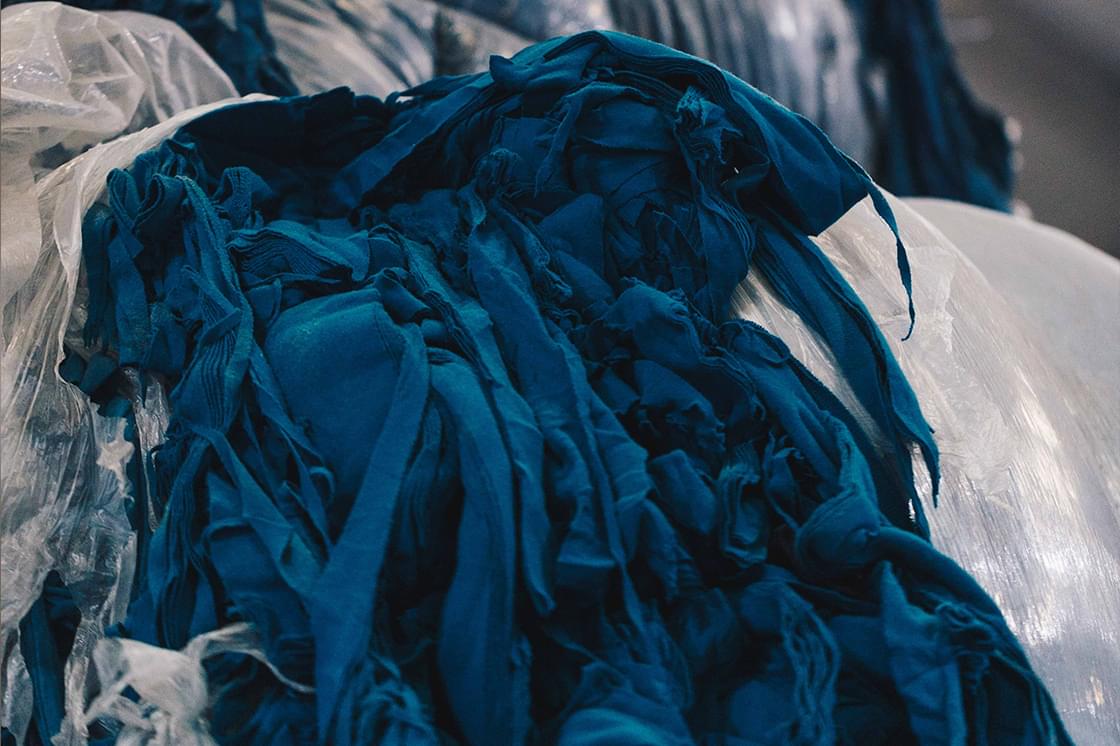
Post-industrial textile waste refers to the textile fabric excess that is generated during garment manufacturing processes, also called clips or scraps. This type of waste can be generated at any point of the production process and is often the "cleanest" type of textile to recycle, as it has no elements like zippers or buttons that need to be removed.
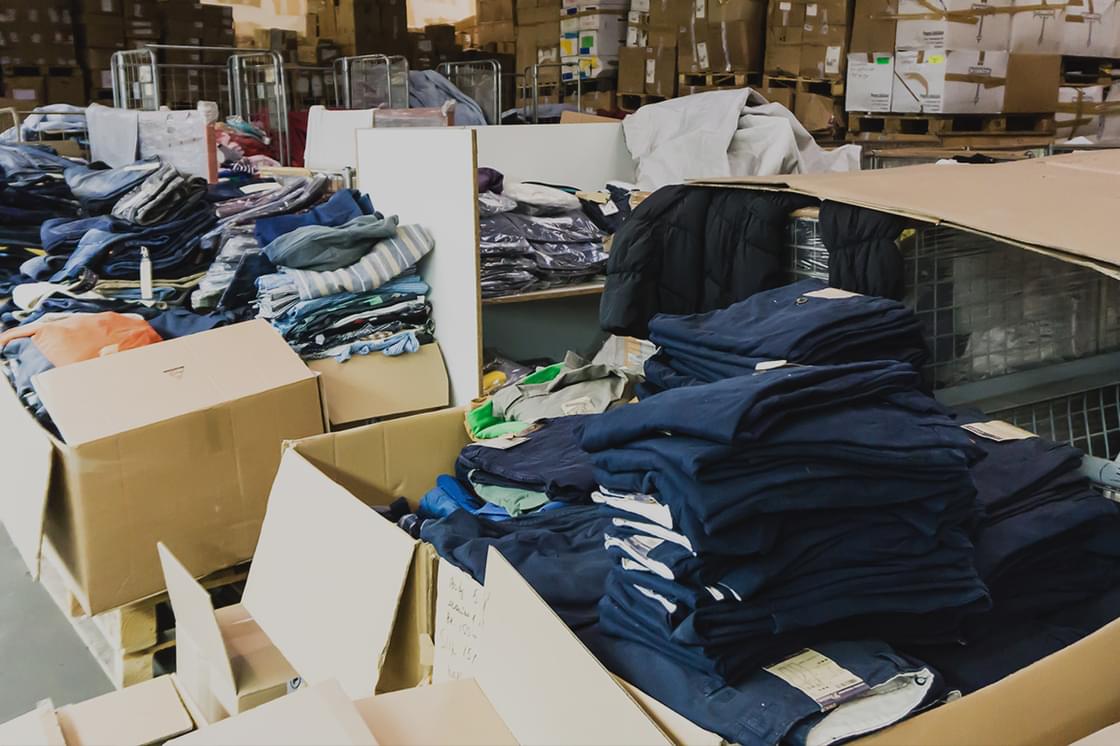
Pre-consumer textile waste are finished garments that could not be sold or used. These can be faulty goods or overstock for example. This type of textile waste is mostly generated by overproduction. The industry overproduces fashion items, some of it go directly to landfill if they are not sold before the end of the season. This type of textile waste can be reduced by on demand planning of production, selling overstock through outlets or banning the destruction of overstock on national level.
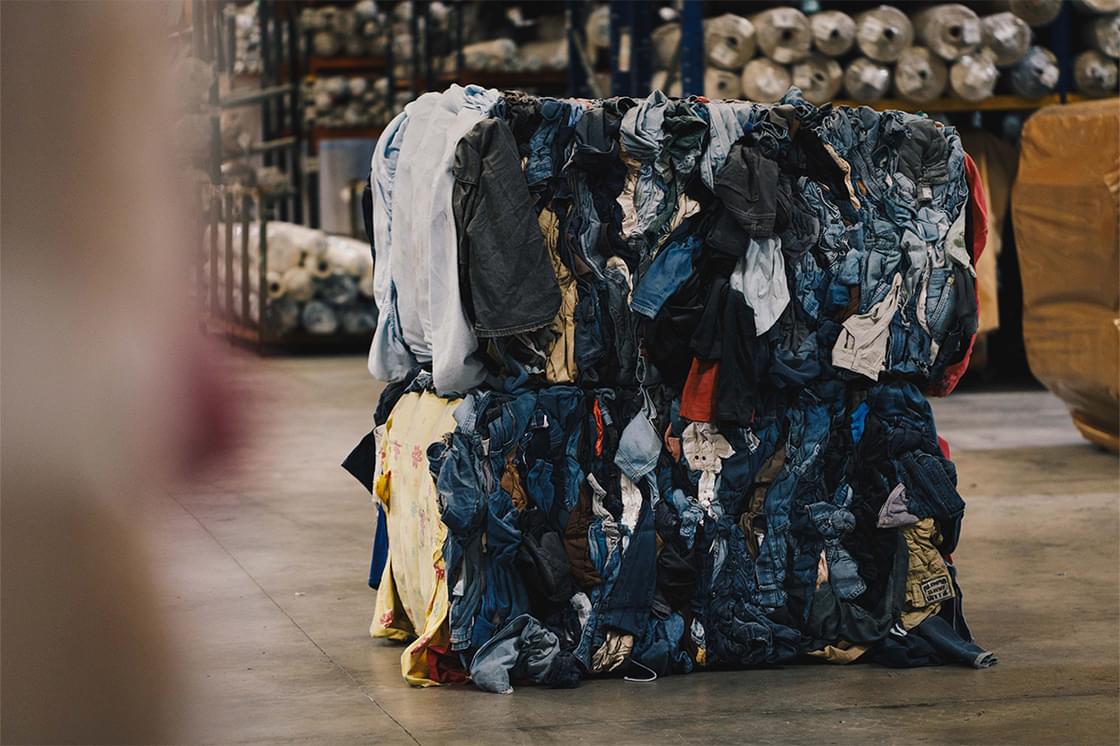
Post-consumer is the last classification of textile waste. These are garments that have been worn and disposed of by the end-user. At Recover™, we only recycle the fraction of garments that are not suitable for re-use and that meet our technical specifications.
To avoid generating the latter, before getting rid of your clothes, try to think: is it something I really need to throw away? Can it be something I will love again later? Can I give it to someone I know? Can I sell it? If the answer remains no, remember to properly donate your clothes to registered charities or drop them at your closest textile and clothing recycling point.
Who knows? They could end up in your closet again in a new form!